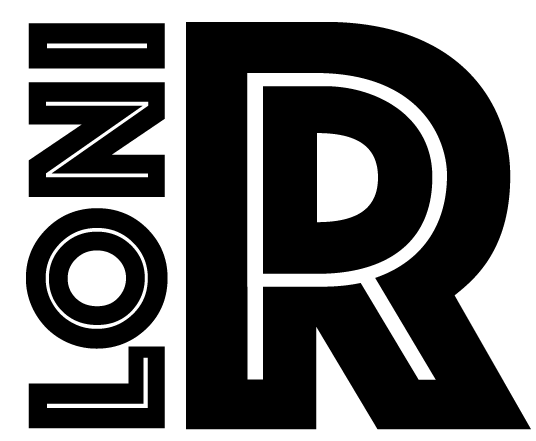Protocol refers to images of the right hemisphere
- The insular cortex is between the frontal lobe and temporal lobe. Its superior boundary is the circular insular sulcus and its inferior boundary is the sylvian fissure. The insular cortex is the area enclosed between these two boundaries. A 3D object model is not necessary to mask the insular cortex. Begin masking in the sagittal view, at a somewhat medial slice where the circular insular sulcus and sylvian fissure are both clearly visible. Trace the circular insular sulcus until meeting the sylvian fissure then trace the sylvian fissure until meeting the circular insular sulcus. Mask everything within the boundaries.
When the boundary between the insular cortex’s gray matter is undistinguishable from the gray matter of neighboring structures (i.e. subcentral gyrus, anterior transverse temporal gyrus, superior temporal gyrus and inferior frontal gyrus), mask halfway through the grey matter boundary so as to not include parts of neighboring structures. Continue to move laterally until the insular cortex disappears. (Fig. 1, Fig. 2, Fig. 3, Fig. 4)
- Return to the first masked slice and move medially. Eventually, the vertical ramus emerges between the circular insular sulcus and the sylvian fissure. Medially, the vertical ramus is the insular cortex’s anterior boundary. Trace the circular insular sulcus until it meets the vertical ramus, trace the vertical ramus until it meets the sylvian fissure and then trace the sylvian fissure until returning to circular insular sulcus. Mask everything inside these boundaries. Continue this step until the boundaries are no longer continuous. (Fig. 5)
- When the circular insular sulcus and sylvian fissure are no longer continuous, the insular cortex is masked as multiple regions. Sulci that are no longer continuous are masked as separate areas. Trace boundaries previously described to where they end and connect the two endpoints. Mask everything within the created boundaries. Continue this step until all traces of the circular insular sulcus. Repeat all steps for other hemisphere. (Fig. 6, Fig. 7, Fig. 8, Fig. 9, Fig. 10)



